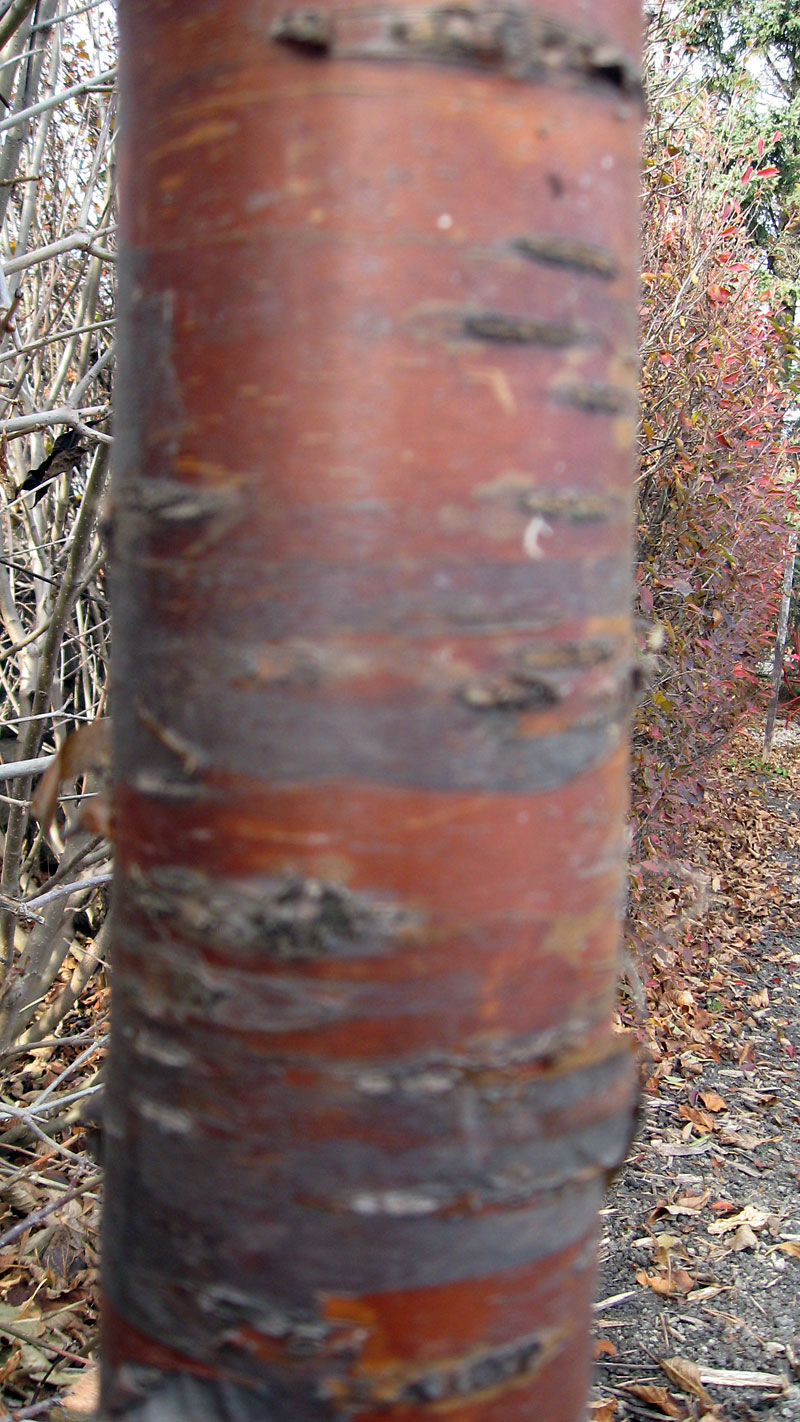Gone Gardenin’: Plants with visual texture spice up the winter landscape
Advertisement
Read this article for free:
or
Already have an account? Log in here »
We need your support!
Local journalism needs your support!
As we navigate through unprecedented times, our journalists are working harder than ever to bring you the latest local updates to keep you safe and informed.
Now, more than ever, we need your support.
Starting at $15.99 plus taxes every four weeks you can access your Brandon Sun online and full access to all content as it appears on our website.
Subscribe Nowor call circulation directly at (204) 727-0527.
Your pledge helps to ensure we provide the news that matters most to your community!
To continue reading, please subscribe:
Add Brandon Sun access to your Free Press subscription for only an additional
$1 for the first 4 weeks*
*Your next subscription payment will increase by $1.00 and you will be charged $20.00 plus GST for four weeks. After four weeks, your payment will increase to $24.00 plus GST every four weeks.
Read unlimited articles for free today:
or
Already have an account? Log in here »
Hey there, time traveller!
This article was published 24/11/2011 (5106 days ago), so information in it may no longer be current.
One of the things that gardeners — and garden designers — keep in mind when designing gardens is texture. Although we might naturally think that texture is how something feels to the touch, in fact, in the gardening world texture usually refers to visual texture.
We do not have to actually touch something to determine its roughness or how smooth it is; our eyes will give us a pretty good idea of the surface texture of an object or a plant simply by how it looks.
Very often the visual texture of a surface has something to do with how light strikes the surface, sometimes casting small shadows if the texture is rough enough.

We employ the use of texture to add variety and interest to our gardens, whether indoors or outside. We pair smooth-leafed plants with those whose foliage is puckered or grooved, leaves that appear felt-like are juxtaposed next to leaves that are shiny — the contrast provides visual interest and gives life to a plant grouping.
Although we use different leaf shapes, different plant shapes, and plants with vastly different leaf size to create contrast, if there is no contrast in the actual texture of the leaf surfaces, the contrast is less striking. The visual texture of the leaf surfaces adds immeasurably to the overall effect.
In the outside winter garden, there is a wide range of textures available if we just allow our eyes to focus on them and appreciate them. Yes, the plant foliage is mostly gone — except for evergreens for which we are particularly thankful during the winter months.
The texture of evergreen foliage varies according to species and using a variety of evergreen species in the garden can help create a more interesting winter garden. The prickly needles of the spruce contrast with the flat, almost delicate foliage of cedar, while the long soft-looking needles of pine have a vastly different visual texture than does juniper foliage.
Deciduous trees and shrubs also provide textural interest in the winter garden and this will be more obvious when they are located close enough to winter walkways that the texture of their bark can be truly appreciated. As I was performing cleanup tasks in the garden this fall, I was intrigued by the many different textures evident on my trees and shrubs and so I grabbed the camera and what I photographed became the inspiration for this column.

I firstly took note of our old Basswood tree, which has a prominent place close to the driveway in the side yard. The deeply grooved bark, upon close inspection, provides a wonderfully rough texture, which can be appreciated from quite a distance and certainly is very visible from the driveway.
A couple of large knot-like patterns on the trunk where limbs have been removed add to the visual interest, while snow nestled in all the crevices and on the branches themselves will add even more textural interest.
Next I looked closely at the Ivory Silk Lilac in the back yard. Not only does the bark itself have interesting texture, but visual interest is heightened because of the moss and lichens that are growing on the north side of the multiple trunks.
Our mountain ash also sports some lichens and mosses on its rough-textured bark.
Next I took some photos of Amur cherry bark — that wonderful cinnamon-coloured bark that naturally exfoliates to create not only interesting texture but unique colour as well.

Besides using trees and shrubs, texture in the winter garden can be obtained by leaving some perennial plants in place for the winter. I particularly like the spiky, rough texture of echinacea seed heads and the long, soft texture of some of my perennial grasses.
As we try to get as much enjoyment as we can out of our winter landscapes, we might be mindful of the various textures that Mother Nature features at this time of year.
As we sit indoors making plans for next year’s outdoor garden, we might plan to add some plants with textural characteristics that will add even more visual interest to our winter landscapes in the future.
Albert Parsons is a consultant for garden design and landscaping who lives in Minnedosa.
» communitynews@brandonsun.com

